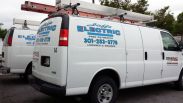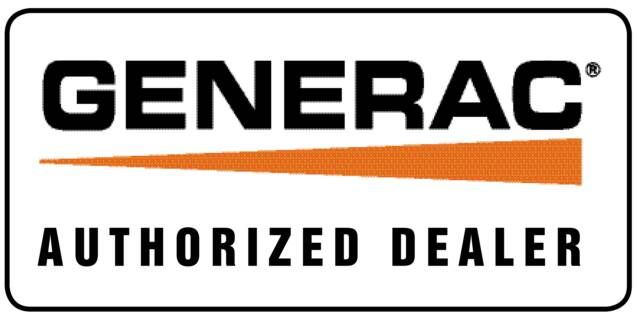How Does Electricity Get to Your Home?
People often talk about where electricity comes from, referring to the source fuel that supplies the power. There’s much that can be said about natural gas, oil, coal, nuclear, wind, solar, and hydropower energy. Regardless of where your electricity originally comes from, it goes through a power plant and distribution lines to get to your home. Many folks hardly think about the process of how electricity actually gets to the breaker panel.
Here’s a simple step-by-step of energy delivery:
- Power plants generate the electricity with gas, coal, or other fuel
- A transformer raises the voltage and sends it out on transmission lines, the large metal towers you often see along highways
- At the local substation, another transformer reduces the voltage level
- The electricity travels on distribution lines to your neighborhood
- A branch line carries power at household voltage to the service drop, which is your meter box
- A service line connects power from the meter box to your breaker panel
- Distributed through the branch circuit wiring in your home
About the Electricity Market
Some of the steps above can vary a bit. Power might be generated by one company, supplied by an energy company, and merely distributed by your local utility.
Many suppliers and distributors share one electrical grid that covers an entire region. The entire Columbia, Washington, D.C., and Virginia metro area lies within what’s called the Eastern Interconnection grid.
So, there are up to three companies involved in getting electricity to the home: a power producer, an energy supplier, and the local utility. If your utility is not the energy supplier, they make their money on distribution services rather than marking up the energy costs.
Electrical Utility Upgrades
You can upgrade your home electrical system with additional circuits and circuit breakers to get power in rooms that need more. If the entire household needs more power, an electrician can perform a service upgrade, or “heavy up,” along with a request to the utility to increase service. Older homes often have 60-amp service, whereas today’s larger homes are built with 150 to 200-amp service.
Is It Possible to Live Off-Grid?
The idea of homesteading or living off the grid appeals to many folks. In an urbanized area, it’s pretty difficult to avoid the grid. Solar panels and small-scale hydro and wind power technology can reduce the average American household’s reliance on grid power. These should be connected to your home power supply by a licensed electrician.
Some great ways to use off-grid power include backup generators installed by an electrician (much more reliable and useful than portable generators) and applications like solar pool heaters.
Electrical Services in Maryland, DC, and Virginia
When it’s time for an electrical upgrade, breaker panel replacement, or other home improvement that requires a licensed electrician, contact Jaffe Electric for expert services in Maryland and the DC area.
Do you have an upcoming home electrical inspection, and the thought is making you a bit nervous? Rest easy; we're here to help. Today, we...





